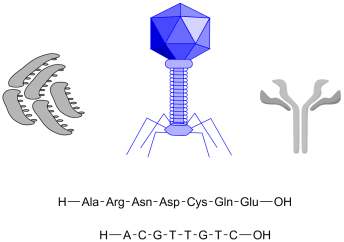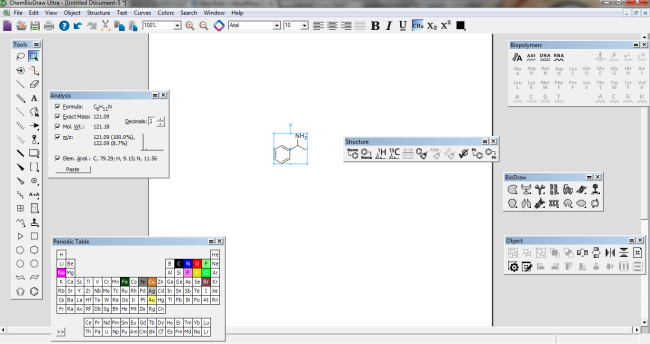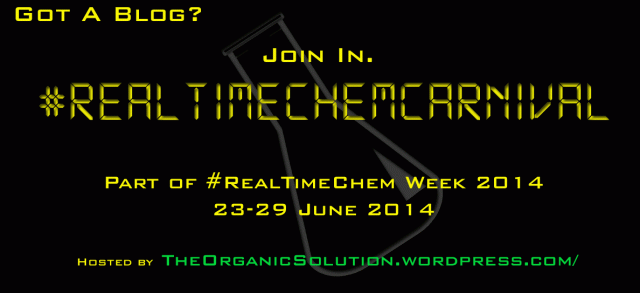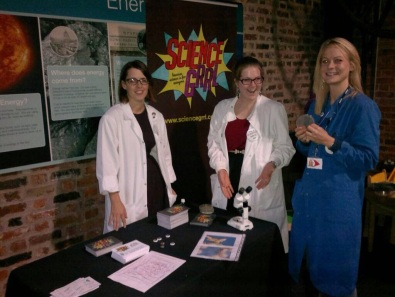I am no longer a postdoc. This both makes me ecstatic and sad. As a belated goodbye to academia post, I thought I would share my thoughts on my period as a postdoc. I learned a lot over the last 3 years or so and, looking back, am very glad I became a postdoc. I don’t consider myself a failed academic, I just decided that I could earn and achieve more in a different field.
- Helping students is fun – When I first became a postdoc, I was worried about students asking me questions and me not knowing the answer. It turns out that I knew more than I think I did. There were plenty of times that I didn’t know the answer, but I gained enough experience to point the student in the right direction.
- I became a skilled technician – when GCs break, I am your gal. I would never have guessed that I would spend half of my time changing liners and inlet septa but hey ho it was a useful experience. I am also handy, and somewhat ambidextrous, with spanners (and wrenches) as working in flow chemistry required frequent leak fixing and blockage removal.
- I can write half decent prose, much faster – I can now write a report or presentation in the fraction of the time that it would have taken me during my PhD days. It is also better written, formatted and edited. I am continually learning and improving this though – I still have a lot to learn!
- I learned to enjoy presenting my work – as I gained more and more confidence in my subject, my confidence in presenting grew. I wasn’t the most confident presenter at school or as an undergrad but now i’d day I am OK at it.
- I understand terms such as mass transfer and flux – collaborating with chemical engineers certainly increased my understanding in a range of areas, sometimes more than i’d like, but it was been a great learning experience.
- I learned that it really helps to have friends in finance, purchasing and stores – when orders or equipment fail, these are the people you need to have on your side!
I am sure there are many other things that I learned during my postdoc years and I shall try and add them to the list as I remember. What would you say were the skills that you have picked up or improved upon during your postdoc?
And with that, bye bye lab, hello desk.




